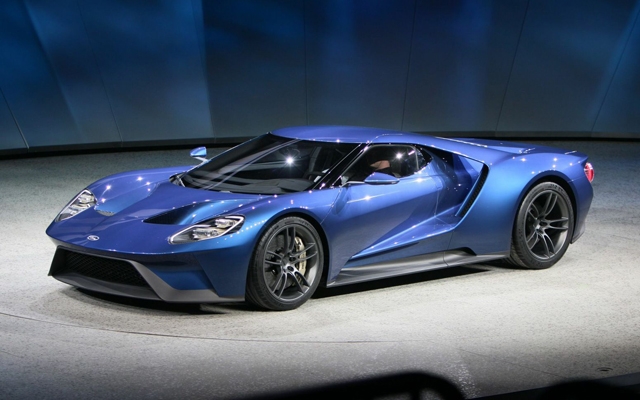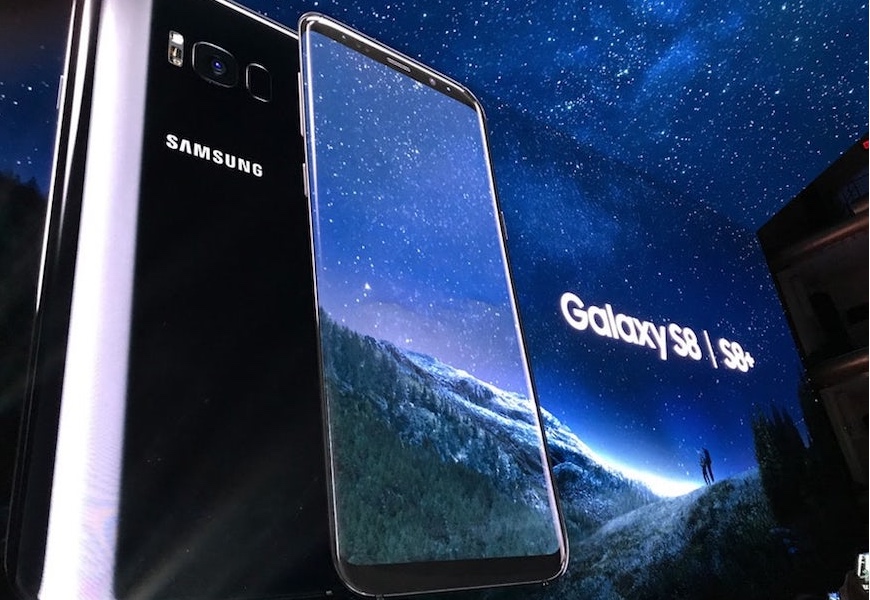Before the new millennium began, science fiction predicted that we would all be driving hover cars by now. Of course, current auto engineering has proved that while flying cars can be made, they’re not very good planes, and they are not very good cars. Cue the supercar: a high-performance vehicle constructed by elite automakers like: Ferrari, Lamborghini and Bugatti.
The luxury brand supercars, as we’ve come to know them, are coveted for their speed and power. These cars push out an average of 950 horsepower, going from 0 to 60 in 3 seconds or less. Now, these European-made vehicles are now seen as the forefathers to a brand new era for the everyday guy.
Today, automakers of popular “everyday” car brands have started releasing their own supercars for 2016: the Ford GT, the Toyota FT-1 and the Acura NSX. It’s a shift towards enticing the exotic auto lover and increasing the possibilities to afford one.
These new “everyday” models have a futuristic design that includes an aerodynamic structure made as lightweight as possible paired with cutting-edge technology. Specifically, the new Ford GT has evolved from its predecessors as being more than just 40 inches tall. It is the original design but more updated: carbon fiber body with cuts and depth of negative space and aluminum front and rear subframes.
“We didn’t want to design a retro car,” said Craig Metros, North American Director of Exterior Design. “We wanted to strive forward and highlight technologies and the innovation but do it in a modern way. Truly a finite balance of something very modern and the spirit of the original car.”
The new Ford GT is the most exotic version that we’ve seen so far. The most interesting details? The EcoBoost engine, which is situated in the middle of the vehicle to ensure ideal weight balance. This engine is also a twinturbo 3.5-litre V6 that promotes better fuel economy and less CO2 emissions without compromising speed and power. It’s great for the globally conscious consumer but how about the consumers who live the tech life?
While some cars have a built-in LTE with rolling hotspots, there are other cars being driven through software programs such as the park assist system on the Toyota Prius and the sync system on Ford vehicles. The Supercar is also moving towards a direction of an all-digital interface.
Other supercars worthy of note: The Toyota FT-1 (FT stands for Future Toyota) has a transparent panel with a stand-up display that is almost like a holographic dashboard, showcasing the gages as bright pixels on glass. The Acura NSX houses cabin technology that greets the driver with a TFT digital instrument cluster. This is an animated 3D graphic screen interpreting the gages like the speedometer and gas level.
The Supercar may not have the technological capabilities of an everyday coupe or sports car such as full autonomy or telematics (i.e. OnStar); it is on the right track in terms of engine and motor development and, of course, advanced design.
While dreams of hover cars were focused on flying across the globe, the reality is much different. At the speed that automakers and engineers are going, the future looks a lot closer than we thought.
Now let’s hitch a ride there with the Supercar.
—
By: Jarelle Gabison












